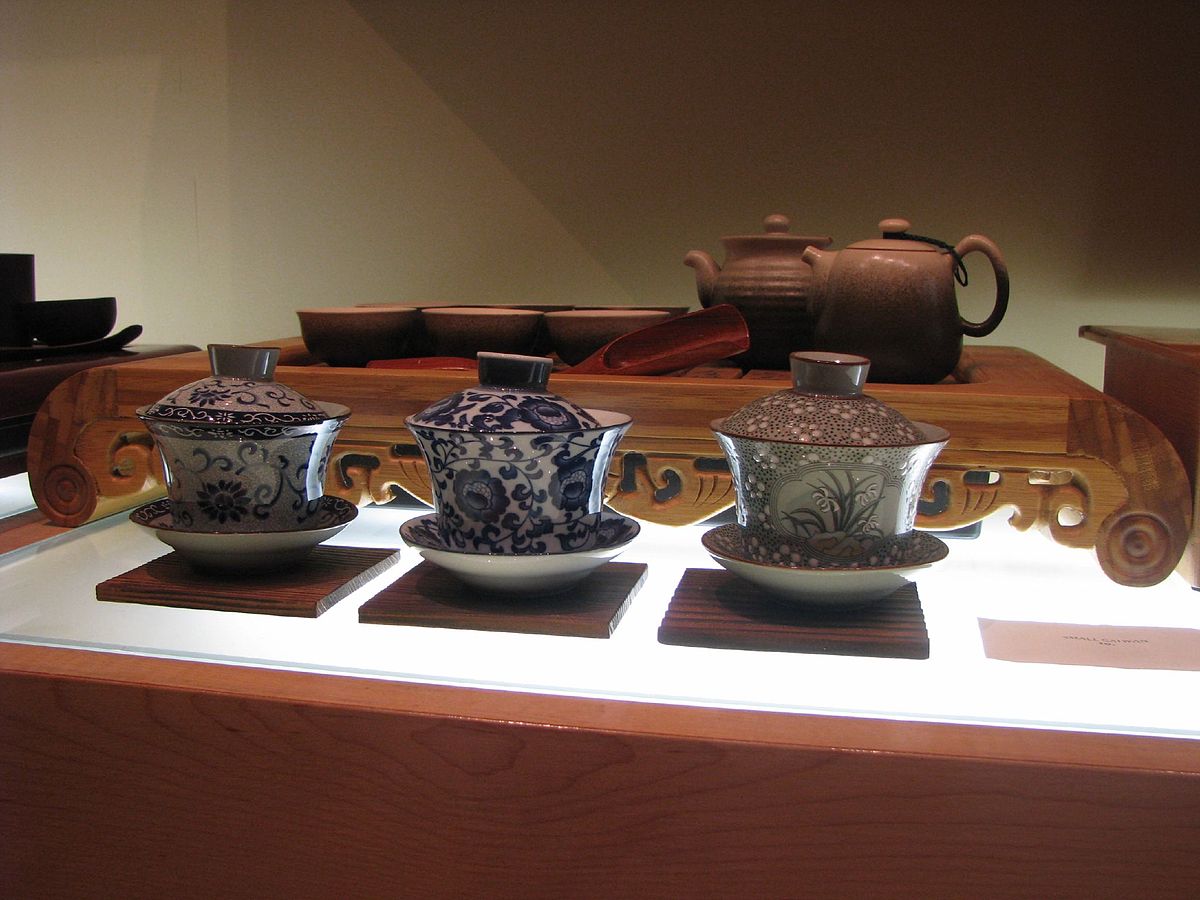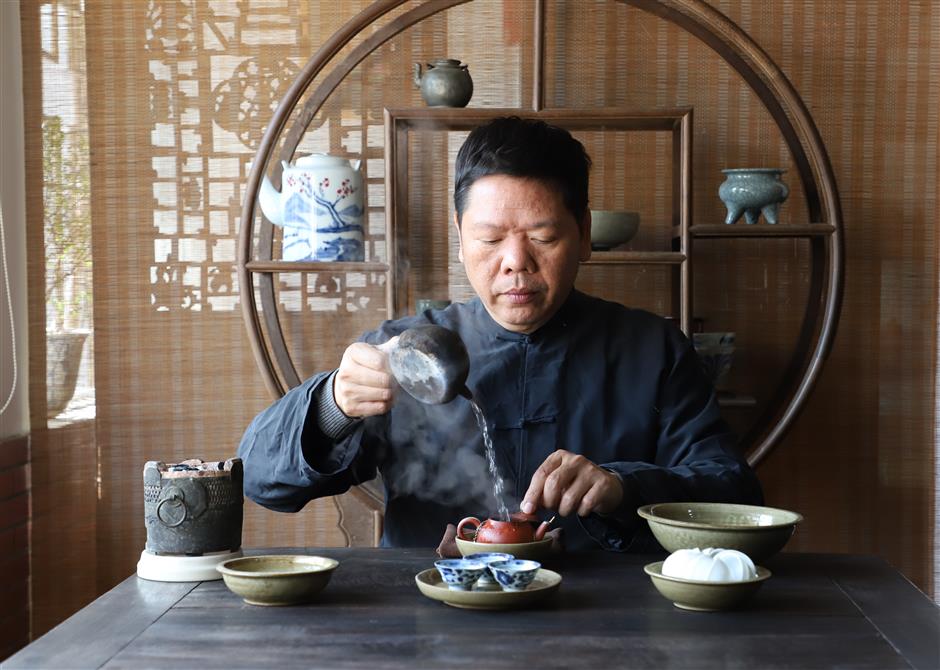Introduction to Dancong oolong tea brewing: four guidelines and reasons for correct water injection of tea in cover bowls
The brewing methods and guidelines for covering bowls there are generally four ways to irrigate bowls, depending on what kind of tea we make. The method of pouring tea is one of the most important factors that determine whether the true nature of tea can come out. The central fixed point is used to restore the aroma of highly oxidized tea. When the tea becomes tired, such as the fifth or sixth bubble, it is generally not necessary to soak the highly oxidized oolong tea in the first round. Such as Wuyi rock tea, traditional winter top, Pu'er tea, black tea (black tea) spiral fixed point is generally used for the first and second round of soaking to make the tea rotate clockwise in the cover bowl, so that the aroma is generally used for all flower bud teas, such as green tea and white tea silver needle. Some all flower bud black teas, such as Yunnan Dianhong and Jinjunmei, and spherical Taiwan oolong tea

The ring fixed point is generally used for the third or fourth round of soaking, such as all flower bud tea or lobular tea, such as green tea, white tea, black tea and big leaf tea, such as Taiwan alpine oolong tea, which allows the tea to rotate vertically in the cover bowl. to stimulate the aroma to prevent hot water from pouring directly on the tea leaves to make the tea astringent, the fixed point is usually used for any round of soaking, from the first round to the last round, it can be used for: Phoenix Dancong water immersion From the first to the last big-leaf tea, such as certain white tea (Hanlu, Yunnan Yuebai), for the first and second round of soaking, and then fixed 7-point big-leaf tea, such as Taiwan oolong tea, for old tea such as old white tea, Pu'er tea, black tea (black tea). For Pu'er tea and black tea, slowly and gently circle the water on the edge during the first and second round of soaking. In order to avoid excessive aging "soil" sudden emergence of temperature freshly harvested green tea, white tea, low-oxidation oolong tea (such as Alishan, Lishan, Shanlin Creek, etc.), the use temperature is about 80 ℃ to 85 ℃, 175 ℉ to 185 ℉. Old white tea, cooked Pu'er tea and black tea use high water temperature of 95 ℃ ~ 100 ℃, 203F ~ 212F. For raw pu'er tea, the water temperature should be about 90 ℃ / 195 degrees Fahrenheit. Black tea, high oxidation oolong tea (such as Wuyi rock tea, Phoenix Dancong oolong tea), using high water temperature 95C/203F. Soaking time generally speaking, for freshly harvested tea with green leaves, black tea with many buds (such as Yunnan Dianhong, Jin Junmei, etc.), and all oolong tea, the soaking time should be within 3-5 seconds. Old white tea, cooked Pu'er tea, raw Pu'er tea, soaking time can be longer, the longer the soaking time, up to more than 10 seconds. General guidelines for pottery pots pottery pots are usually easier. The water temperature of cover bowl is also suitable for casserole brewing, but the soaking time of aged tea is about 30 seconds, and that of oolong tea is about 5 seconds. According to the proportion, tea should account for about 3% of the teapot space.
Important Notice :
前街咖啡 FrontStreet Coffee has moved to new addredd:
FrontStreet Coffee Address: 315,Donghua East Road,GuangZhou
Tel:020 38364473
- Prev

The types of Kungfu Tea: what is the difference between Chaoshan Kungfu Tea, Fujian Kungfu Tea and Taiwan Kungfu Tea?
Fujian and Taiwan style kungfu tea in Fujian and Taiwan is more "tolerant" because it includes a shared justice cup. So the tea is not poured directly from the lid bowl into the teacup, but first into the fair cup, and then into the three tasting cups. This ensures that the tea flows evenly in each cup. Fujian cuisine and Taiwan
- Next

What grade of tea does duck excrement fragrant single fir belong to? Phoenix single fir in addition to evening primrose single fir what flavor?
Phoenix single fir tea is the highest quality tea naturally grown in Phoenix Mountain, Chaozhou, Guangdong, China. Single fir has many subtypes and is known for its unique floral fragrance. Historians are unsure exactly when this tea tree was first discovered, but the oldest documented records date back to about 750 to 1000 years ago.
Related
- Why can American refills for free? The difference between Americano and American drip pot coffee
- Being chased out of the rain in front of Starbucks?! Store: Sheltering from rain under umbrellas poses a safety hazard
- The white moonlight has changed?! Lucky launches "Big Winter Pear American"
- Hand-brewed coffee three-stage method, high-sweet and universal brewing method to share! What does the high sweet water level of hand-brewed coffee mean?
- What is the difference between raw, refined and full espresso coffee? How to extract espresso and taste good?
- A complete list of coffee bean names and their meanings! What is Yejia Shefi coffee? Where is Mantelin coffee?
- What grade does Arida Manor Kaduai coffee beans belong to? What treatment is Arida ASD slow anaerobic sun exposure?
- The milk tea cup becomes smaller?! Overlord Tea Girl launches a new "Return to Yunnan" series
- Accused of selling counterfeit and high-priced coffee beans! Well-known boutique coffee brand "Oukelao" bowed and apologized!
- How to make espresso dumplings? Can I eat coffee and glutinous rice balls together?

